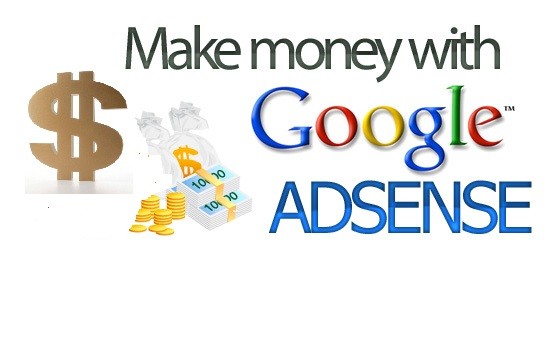
What is CPC in Google AdSense?
Cost-per-click (CPC) in AdSense is a pricing model used by Google to determine how much advertisers pay for their ads. Under this model, advertisers pay a set amount each time someone clicks on one of their ads. For example, if an advertiser’s CPC is $0.50, they will pay $0.50 every time someone clicks on one of their ads. The CPC is set by the advertiser and can vary depending on the keywords, ad format, and targeting options they choose. AdSense publishers, on the other hand, get paid based on the CPC set by the advertiser for the ads that appear on their website.
Getting More Money with Google AdSense
There are a variety of ways to increase your cost-per-click (CPC) in AdSense, but some of the most effective strategies include:
- Targeting high-paying keywords: Research the keywords related to your website’s content and optimize your pages for those that tend to have higher CPCs. This can be done by including these keywords in your page titles, meta descriptions, and throughout the content itself.
- Using ad formats that perform well: Some ad formats tend to perform better than others when it comes to CPC. For example, link units and search boxes tend to have higher CPCs than standard display ads.
- Optimizing your ad placement: Make sure your ads are placed in areas of your website where they will be seen and clicked on. This might include above the fold, in the middle of content, or as a sticky ad that stays at the top of the page as the user scrolls.
- Creating ad-friendly content: The content on your website should be easy to read and engaging. This will encourage users to stay on the page longer and click on ads.
- Testing different ad sizes and colors: Different ad sizes and colors can have a big impact on CPC. Try experimenting with different options to see which perform best.
- Running A/B tests: A/B testing is a great way to optimize your ad performance. Create two versions of an ad and test them to see which one performs better.
- Creating a responsive ad: A responsive ad automatically adapts to the size of the device and the available space. This can help to increase the click-through rate (CTR) and CPC.
- Using remarketing: Remarketing is a way to target ads to users who have previously visited your website. This can be an effective way to increase CPC because these users are more likely to be interested in your products or services.
- Building a loyal audience: A loyal audience is more likely to click on your ads. Building a loyal audience can be done by providing valuable content, engaging with your users, and providing excellent customer service.
- Use of Google AdSense Auto Ads: Google AdSense Auto Ads uses machine learning to automatically place ads on your website. This can help to increase CPC because it can place ads in the most effective locations.
It’s important to note that increasing CPC is not the only goal, but to increase overall revenue by balancing the relationship between CPC and CTR. Also, it’s worth to monitor your ad performance regularly and make adjustments accordingly.
What is a Good CPC in Google AdSense?
A good cost-per-click (CPC) in Google AdSense depends on various factors such as industry, location, ad format, targeting options and website’s niche. The average CPC can vary greatly depending on the industry, with some industries such as legal and finance having higher CPCs than others such as entertainment and technology. However, a good CPC can be considered as one that is above the industry average and generates enough revenue for the website.
Another factor that affects the CPC is the location of the website’s audience. For example, if the website targets an audience in the United States, it is likely to have a higher CPC than a website that targets an audience in a developing country. Additionally, ad formats such as link units and search boxes tend to have higher CPCs than standard display ads.
In terms of targeting options, targeting specific keywords can lead to higher CPCs. Advertisers are willing to pay more for clicks from users who are actively searching for a product or service related to their business. Additionally, remarketing, which is targeting ads to users who have previously visited the website, can also lead to higher CPCs as they are more likely to be interested in the products or services being offered.
Website niche also plays a role in determining a good CPC. Websites in a niche with high competition and high demand tend to have higher CPCs than those in a niche with low competition and low demand. For example, a website in the finance niche is likely to have a higher CPC than a website in the hobby niche.
A good CPC should also be balanced with click-through rate (CTR) to increase overall revenue. A high CPC does not necessarily mean high revenue if the CTR is low. Therefore, it’s important to test and optimize different ad formats, placements, and targeting options to find the best balance between CPC and CTR. It’s also important to monitor the performance of the ads regularly and make adjustments as needed.
In summary, a good CPC in AdSense is one that generates enough revenue for the website, is above the industry average, and is balanced with CTR. It’s also affected by various factors such as location, ad format, targeting options and niche of the website. It’s important for website owners to monitor and optimize their ads regularly to find the best balance between CPC and CTR and increase overall revenue.

